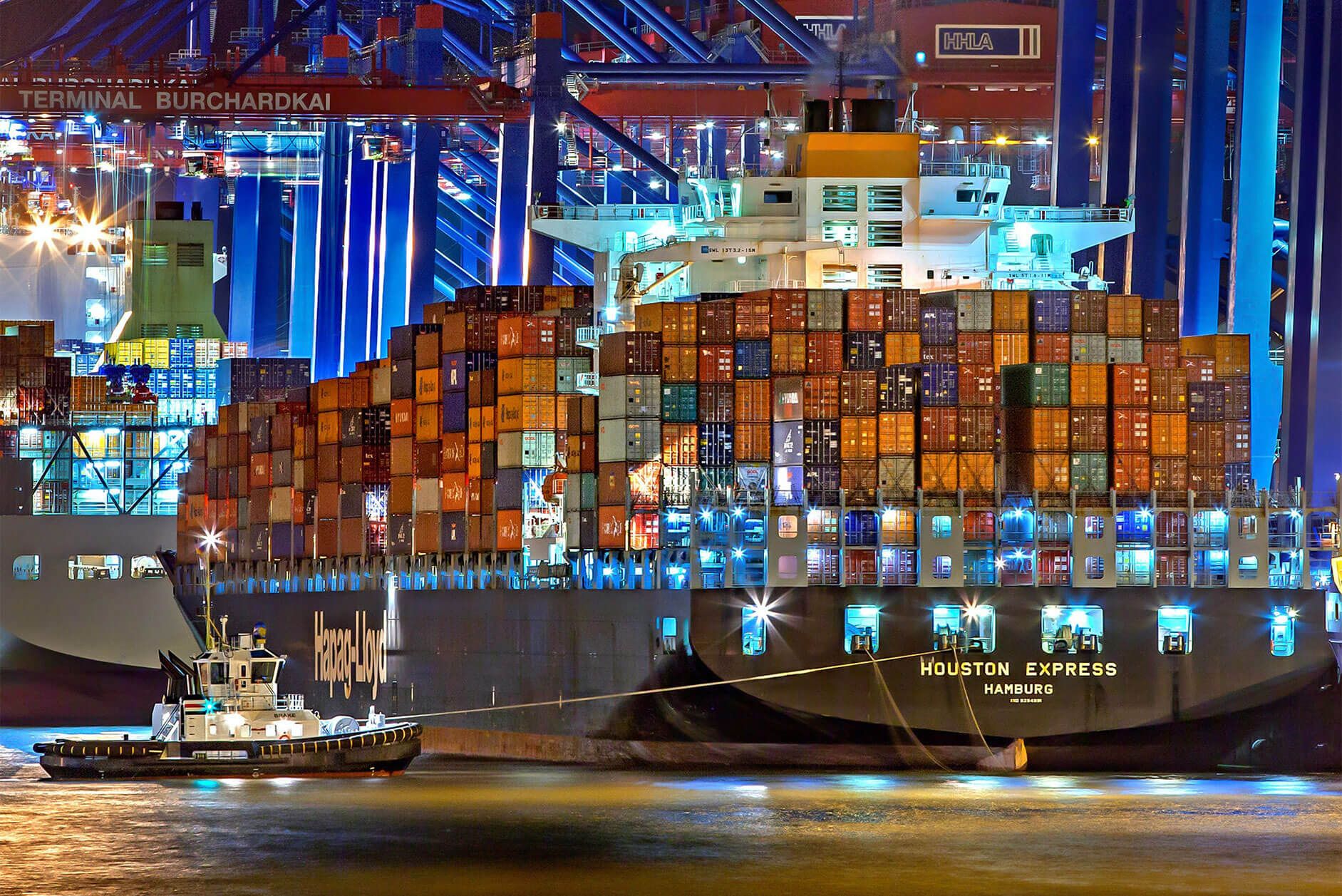BLOG
Telecom26 blog
Maritime cellular connectivity - how is it evolving to meet new challenges?

Not so long ago, ship communications was essentially divided into three key areas – essential radio connectivity from ship to ship and ship to shore for operational and safety purposes; expensive and often somewhat limited passenger to shore communication (remember ship-based PBXs and calling cards?); and device-level connectivity. Today, that’s no longer sufficient. As a result, maritime cellular connectivity is evolving to meet new needs and demands. Let’s explore a few key drivers that are shaping the sector.
Maritime connectivity - for crew and passengers alike
With respect to passengers, demands have changed considerably. Today, everyone expects to be able to connect. Posting those holiday snaps simply can’t wait! This means that cruise ships need to be equipped with universal coverage on-board, with reliable backhaul when in blue waters. Cruise companies need to be able to service these needs with their own offers – choosing partners that can help manage and optimise roaming for passengers, across nearshore and blue water environments.
It’s well known, of course, that maritime cellular connectivity can be delivered from a variety of sources – satellite as well as connectivity to onshore networks. Since many vessels are actually within range of land-based PLMNs for much of the time, maritime cellular connectivity can be obtained by roaming onto other mobile networks. As such, shipping companies need a partner that can maximise connection possibilities to ensure effective maritime cellular connectivity, wherever they sail – and provide flexible options for both passengers and crew alike.
Maritime cellular connectivity for the ship OS
Radio coverage for ship operations and safety remains critical. That’s not going to change, but the ship is evolving to include more autonomous processes and more accurate systems monitoring. This extends the scope of the communications flow. Collectively, ships are acquiring operating systems which, in turn, generate a mass of data that must be collected, analysed and acted upon.
The operating system requires maritime cellular connectivity, but it must also be prioritised over other data flows that use the same capacity. Clearly isolating and separating traffic, so that operational communications can be managed at the same time as other (e.g. passenger) communications is thus a key task for maritime cellular providers. This complexity will inevitably grow and must be managed alongside traditional, safety critical communications across existing radio channels.
Maritime connectivity for devices
Finally, device-level connectivity is also becoming increasingly complex, due to a massive increase in the number of connected devices and the demand for more extensive IoT monitoring while at sea. Freight and container vessels will soon be conveying literally millions of devices in each cargo that can connect to the internet and can report on different measurements and local conditions. While not all of this data flow will be essential, it still has to be managed.
So, maritime cellular connectivity has become both more challenging and more demanded than ever. Services and coverage need to be delivered for a wide range of use cases – and across changing environments. The best possible experience and service quality must be ensured, as vessels sail from one location to another, and from one connectivity medium to another.
The next step – maritime cellular private networks
There’s a further dimension. Vessels can be considered as a private network, enabled by local wireless connectivity. They are, in effect, self-contained, mobile cells. This means that, while connectivity on board may be delivered via 4G, 5G or Wi-Fi, the breakout and connectivity to other networks will be squeezed through other channels, depending on whether the vessel is in blue water or within range of land-based mobile networks. Maritime cellular operators will become more akin to their shore-based peers, building dedicated networks onboard.
Optimising the balance of coverage between macro cellular networks, local Wi-Fi, LTE or even new 5G private networks, and backhaul via satellite is a complex task – and must be managed against the priorities and QoS requirements of the traffic concerned.
Maritime cellular connectivity is a fast-moving domain. Rapid change has taken place, but much more is expected. All of which is why shipping companies, across leisure, freight and other marine sectors need the right partners to ensure that connectivity is required, with the right service levels, when it is needed.



